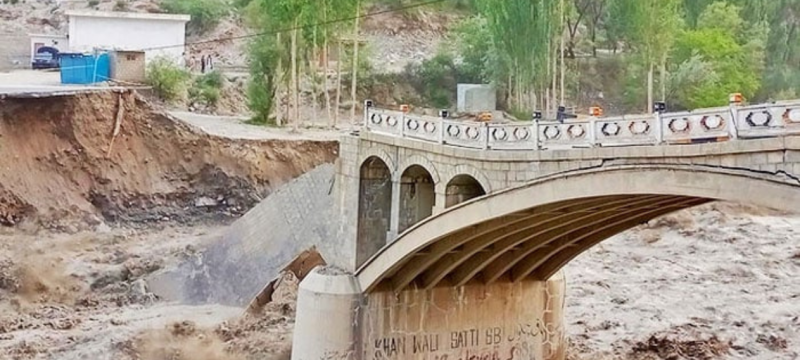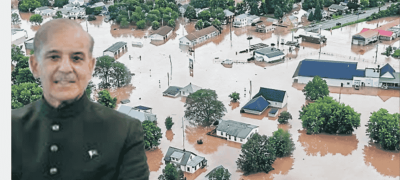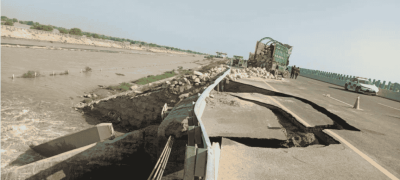A recent cloudburst in northern Pakistan has triggered devastating flash floods, leading to the tragic loss of three dead. The floods have caused Babusar Road to be cut off, leaving many residents stranded and disrupting transportation in the region. The impact of the extreme weather is still being assessed, with rescue and relief operations underway.
cRead Also : 60 Killed, Dozens Missing as Deadly Fire Engulfs Iraqi Mall
Cloudburst Triggers Flash Floods in Northern Region
On a severe cloudburst occurred in the northern region, particularly in the mountainous areas, resulting in heavy rainfall. The downpour led to flash floods that swept through several villages and towns. The water rapidly inundated streets, causing widespread damage to property and infrastructure. The flooding also led to multiple landslides, which further complicated rescue operations and made access to the affected areas difficult.
Three Dead Confirmed
Authorities have confirmed that at least three Dead due to the flash floods. The victims, whose identities have not yet been disclosed, were caught in the rapidly rising waters. Search and rescue teams are working tirelessly to locate any other potential victims, while providing medical assistance to the injured and displaced residents. The local government has expressed condolences to the families affected by this tragedy and pledged further support during this difficult time.
Babusar Road Cut Off Due to Flash Floods
One of the major consequences of the flash floods was the closure of Babusar Road, a key highway connecting multiple regions in northern Pakistan. The road is essential for transportation, especially for people traveling between the northern areas and the rest of the country. The floods caused significant damage to the road, rendering it impassable. Landslides and debris from the floods have further blocked access, and local authorities have warned that it may take several days before the road is cleared.
The closure of Babusar Road has had a major impact on residents and travelers alike. Many people who were en route to various destinations are now stranded in the affected areas. The local administration has advised travelers to delay their journeys until the road is reopened.
Ongoing Rescue and Relief Efforts
Emergency teams, including rescue workers and volunteers, have been deployed to the flood-hit areas to assist in search-and-rescue operations. Helicopters have also been used to airlift people from flooded regions to safer locations. However, the challenges posed by the terrain and ongoing weather conditions have made the operation difficult.
Local authorities are also working on providing essential supplies such as food, clean drinking water, and medical assistance to those affected by the floods. Temporary shelters have been set up for displaced families, and efforts are underway to ensure that residents have access to basic necessities while relief operations continue.
The Impact of Extreme Weather Events
This tragic incident highlights the increasing frequency of extreme weather events in the region, which experts have linked to climate change. The occurrence of cloudbursts and flash floods in mountainous regions is not uncommon, but the intensity and frequency of such events appear to be rising. Local communities, often unprepared for such sudden disasters, are bearing the brunt of these extreme weather conditions.
Authorities have urged residents to remain alert and take necessary precautions, especially during the monsoon season. There is also a growing call for improved disaster preparedness and better infrastructure to mitigate the impact of such natural disasters in the future.
The flash floods triggered by the recent cloudburst in northern Pakistan have caused significant loss of life, with three dead and many others injured. The three dead victims were swept away by the rising waters, and the disaster has led to widespread displacement and damage to infrastructure. With Babusar Road cut off, many remain stranded, and ongoing rescue efforts are critical in locating victims and providing relief to the affected communities. As the region deals with the aftermath of this disaster, it is clear that better preparedness and action are needed to protect vulnerable communities from the rising threat of extreme weather events.









